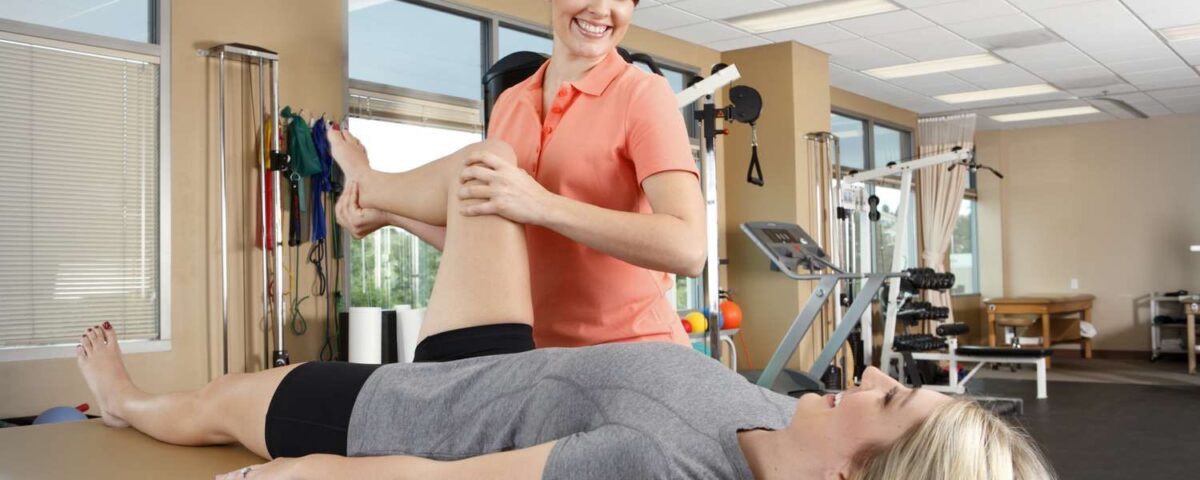
Undergoing a total hip replacement marks the beginning of a new chapter for individuals facing relentless joint pain, arthritis, or injury-related limitations. However, the post-operative period is critical, and integrating physical therapy, specifically manual therapy, dry needling, and Active Release Techniques (ART), can significantly influence the healing journey. These therapies are paramount in managing discomfort, improving mobility, and ensuring successful tissue regeneration and joint function.
Manual therapy is a hands-on approach used by physical therapists to manipulate, mobilize, and massage the body tissues. This technique is particularly beneficial after a total hip replacement, as it helps loosen tight tissues around the joint, improve range of motion, and facilitate proper alignment. Furthermore, manual therapy enhances vascularization, ensuring an adequate blood supply is directed to the recovering tissues, essential for healing and regrowth.
Dry needling, another pivotal post-operative therapy, involves inserting fine needles into specific trigger points. After a hip replacement, this method is invaluable in inhibiting pain receptors and managing post-surgical discomfort. By targeting particular points, dry needling also promotes increased blood flow to the hip area, accelerating tissue repair and regeneration.
Active Release Techniques (ART) are also integral to the recovery process. These involve unique, targeted movements combined with precise manual pressure from the therapist. ART is designed to break down scar tissue and adhesions, restoring optimal texture, resilience, and function to soft tissues surrounding the new hip joint.
Together, manual therapy, dry needling, and ART form a comprehensive physical therapy approach, addressing the challenges patients face after a total hip replacement. This combination not only expedites healing but also lays the groundwork for a return to pain-free movement and an overall improved quality of life.